
10 Photos of Seaweed Blobs That Will Blow Your Mind
As a supersized sargassum bloom heads toward Florida and the Caribbean, we take a closer look at past big blobs.
Batten down the hatches. Stay out of the water, and beware, because it’s coming. It isn’t a shark or a sea monster. No, this marine menace is…seaweed. More specifically, it’s a massive blob of the stuff twice the width of the continental United States. And that 5,000-mile-wide gunk raft is heading straight toward the Caribbean.
Since 2011, scientists have been monitoring colossal blooms of sargassum seaweed that have hit popular beach destinations in Florida, Mexico, and elsewhere in the Caribbean. This year’s bloom is one of the largest ever recorded, weighing an estimated 6.1 million tons, according to scientists at the University of South Florida Optical Oceanography Lab. Sargassum seaweed is a type of large brown algae, and there are more than 300 species in the Sargassum genus worldwide. The two types most often found in the Atlantic Ocean are narrowleaf gulfweed (S. natans) and broadleaf gulfweed (S. fluitans).
Seaweed clumps floating around Earth’s oceans is not always cause for alarm—they actually play an important role in healthy marine ecosystems. According to the Sargassum Information Hub, a joint project between the University of South Florida, the Intergovernmental Oceanographic Commission of UNESCO, and other institutions, these floating forests, at their normal distribution, provide a critical habitat for fish, marine mammals, seabirds, invertebrates, and reptiles. That includes threatened loggerhead sea turtles, which hide in the seaweed and eat crabs, mollusks, and various other critters that call sargassum home.

Sargassum blooms, however—including the giant blob that’s approaching the Caribbean—are too much of a good thing. Scientists have identified several likely mechanisms behind the extreme overgrowth that turns a healthy habitat into a dangerous sargassum bloom, including warming oceans, shifting hurricane patterns, and increased runoff from deforestation and excess fertilizer use, which boosts levels of nitrogen and other chemicals that promote rapid seaweed spread. Eventually, the huge mat of sargassum sucks all the oxygen from the water, which forces out turtles and other animals and creates a dead zone.
For humans, the biggest problem with sargassum blooms occurs after it hits the beaches. Cleaning up the seaweed after it washes onto shore isn’t just difficult; it can also be dangerous. As sargassum rots, it releases toxic hydrogen sulfide, which can cause respiratory problems in people. The seaweed also contains arsenic, so ingesting it or using it in fertilizer can also pose real health risks.
As the Caribbean braces for this year’s sargassum invasion, Atlas Obscura compiled these photos that capture the beauty and peril of prior blooms. (We’d also like to formally pitch Syfy channel to make a horror movie about this monster algae.)
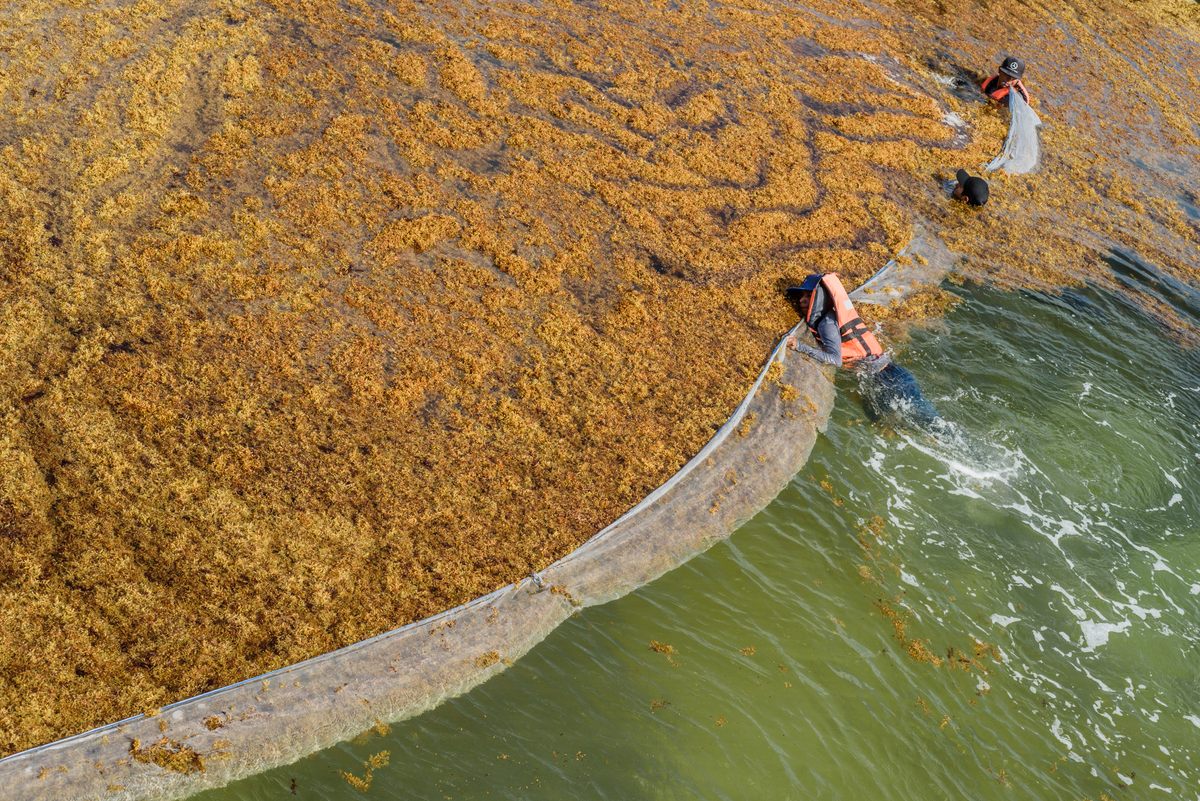
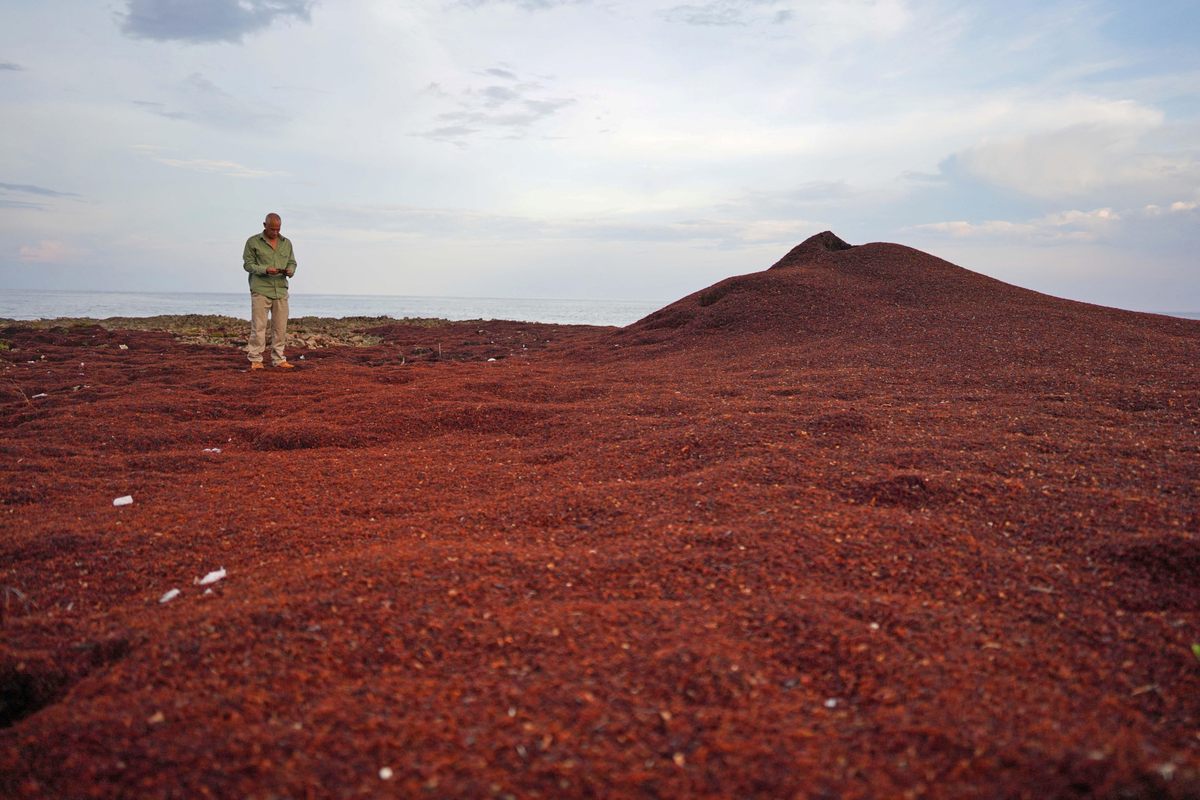

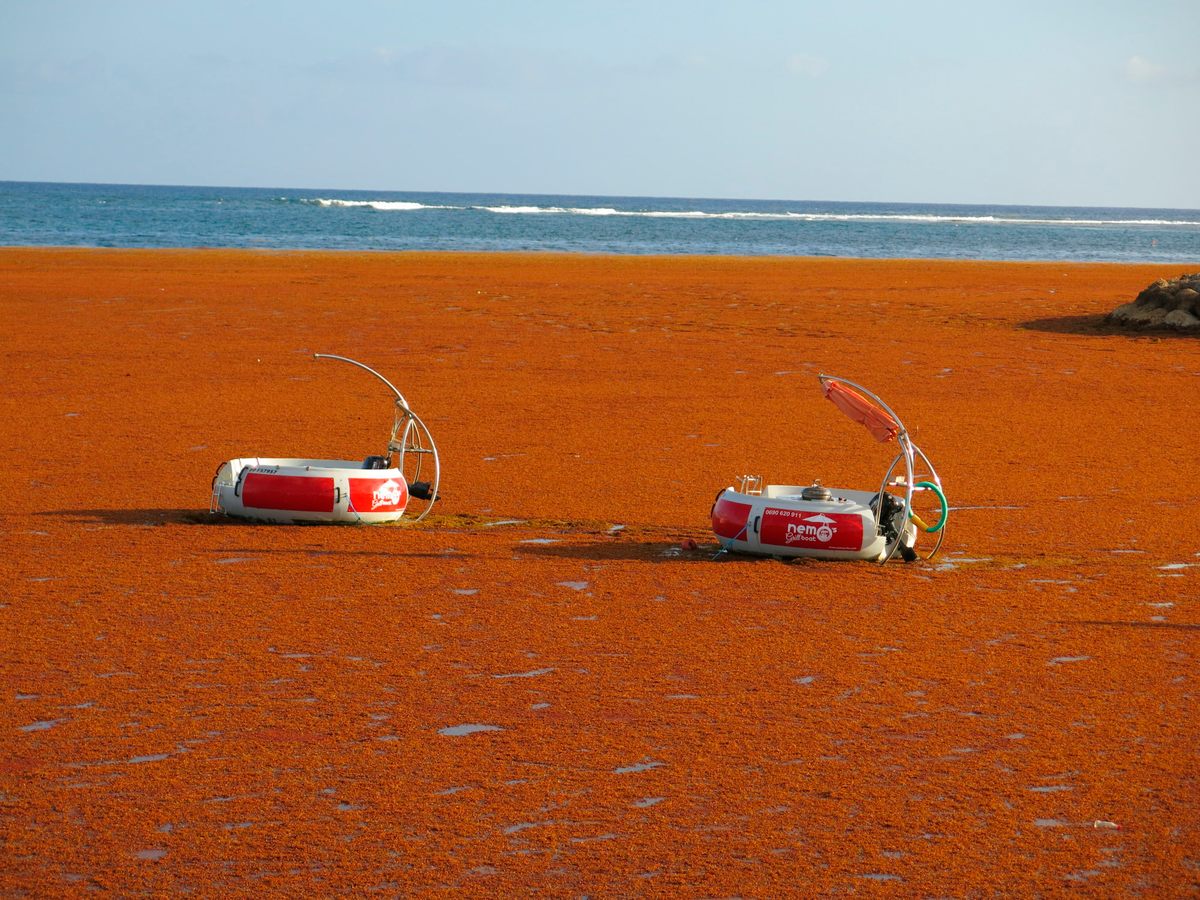
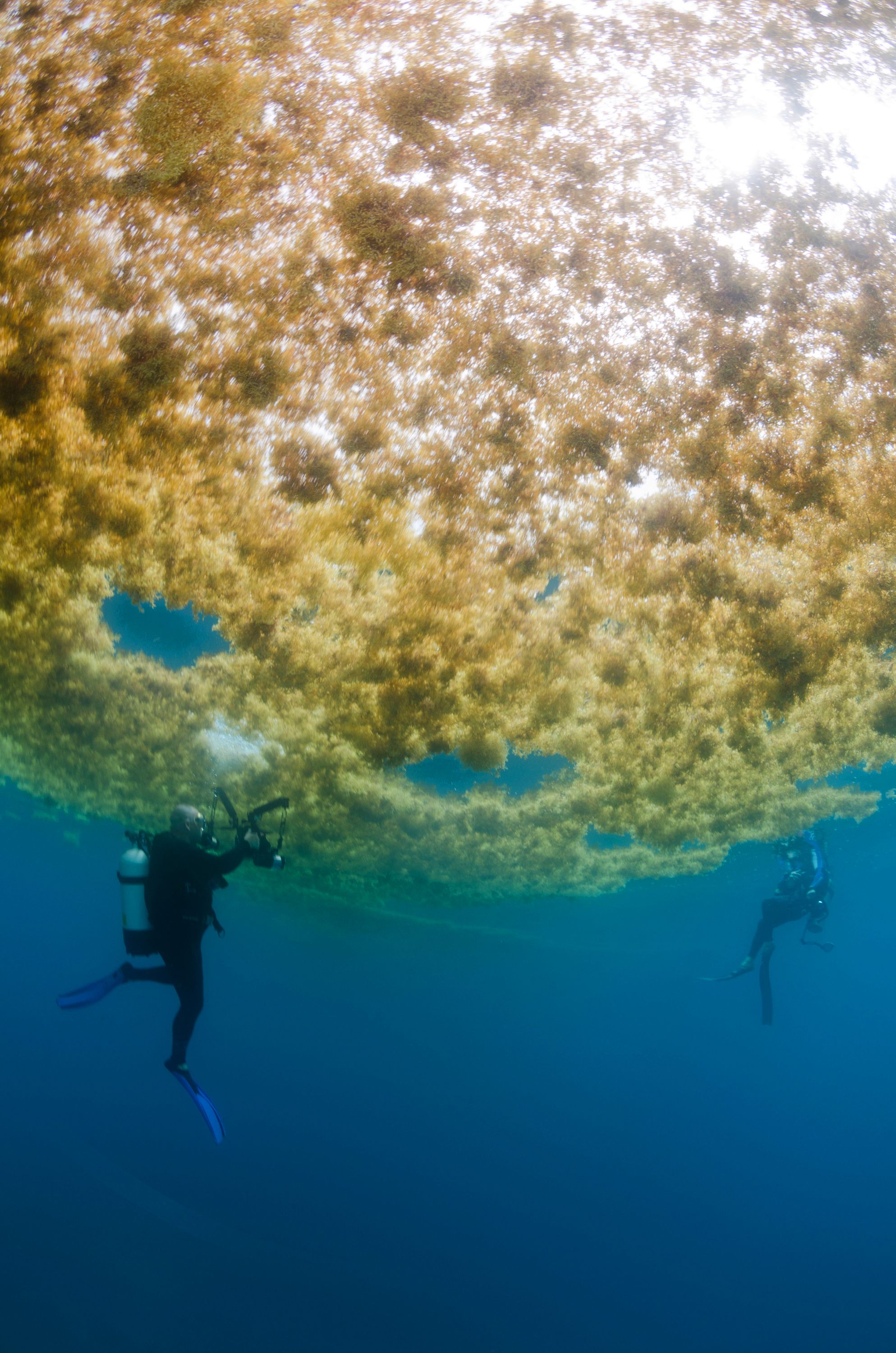
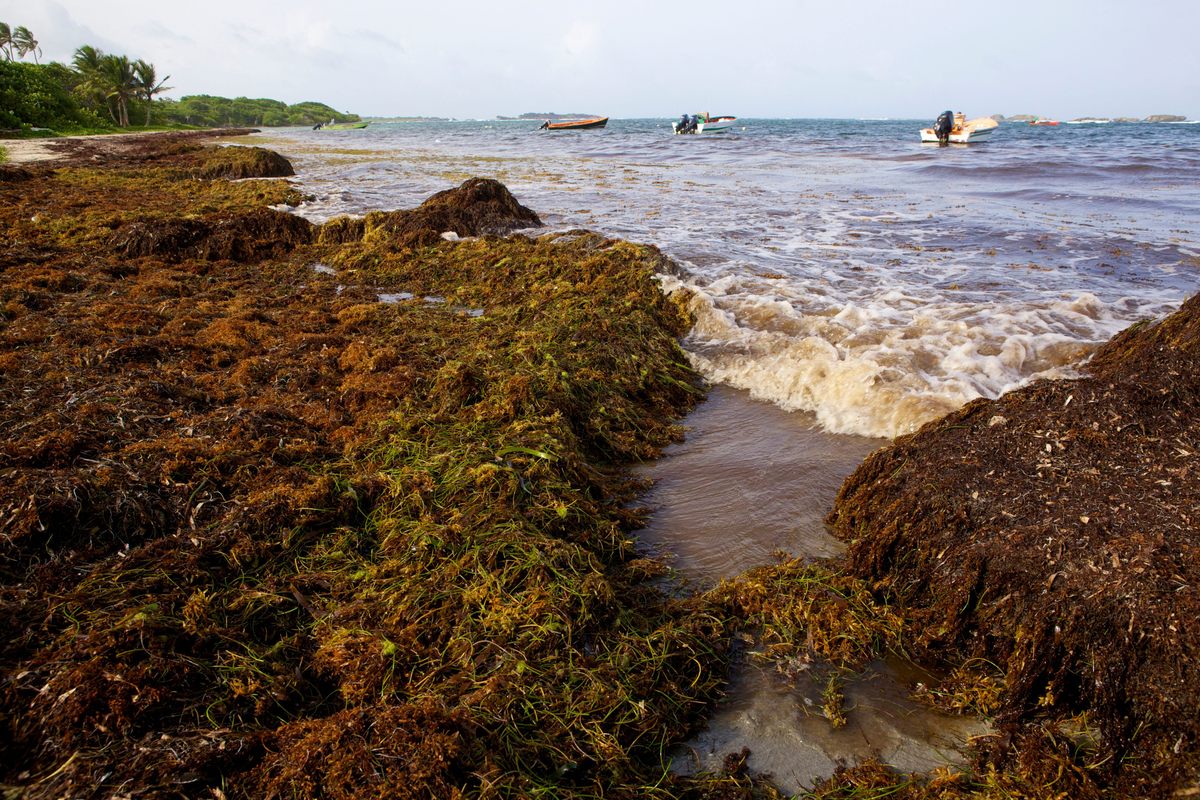

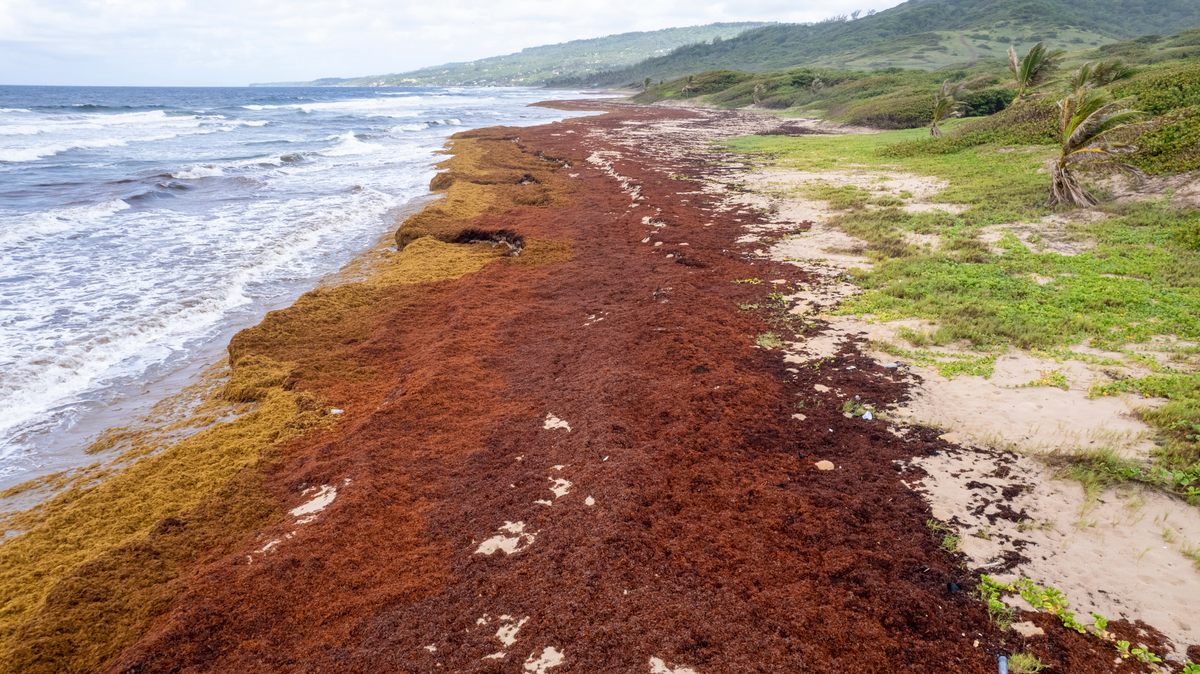




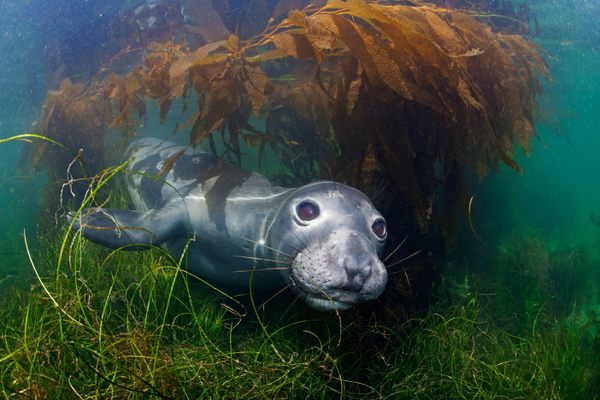
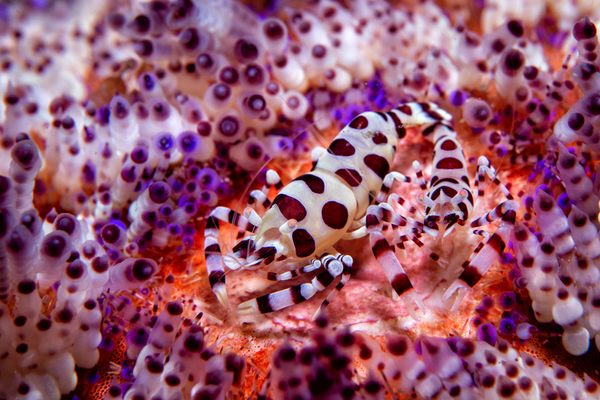












Follow us on Twitter to get the latest on the world's hidden wonders.
Like us on Facebook to get the latest on the world's hidden wonders.
Follow us on Twitter Like us on Facebook